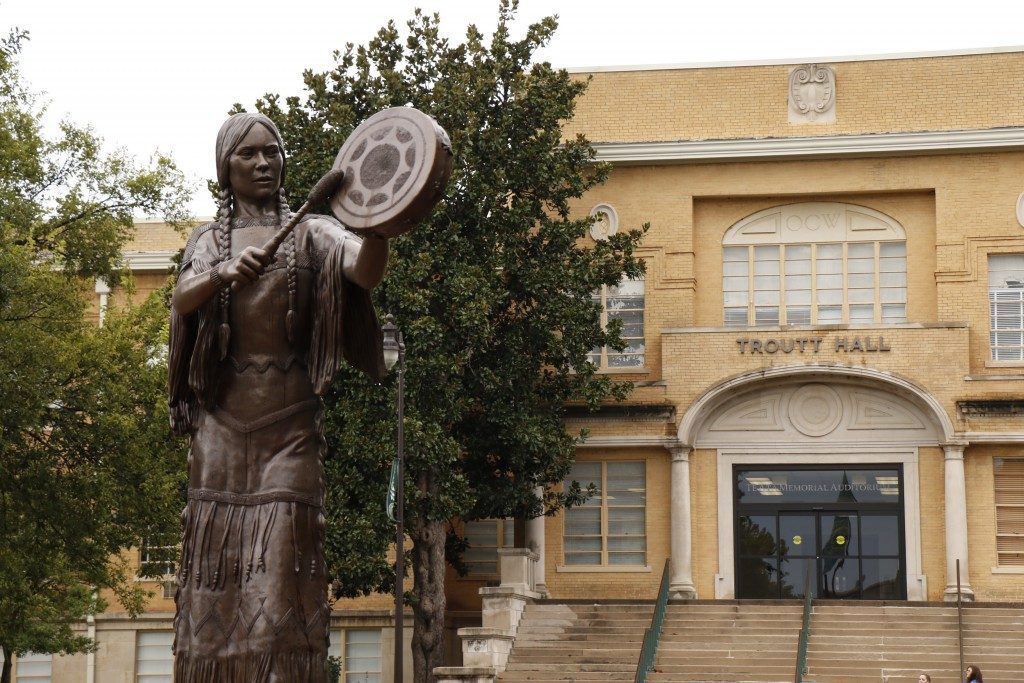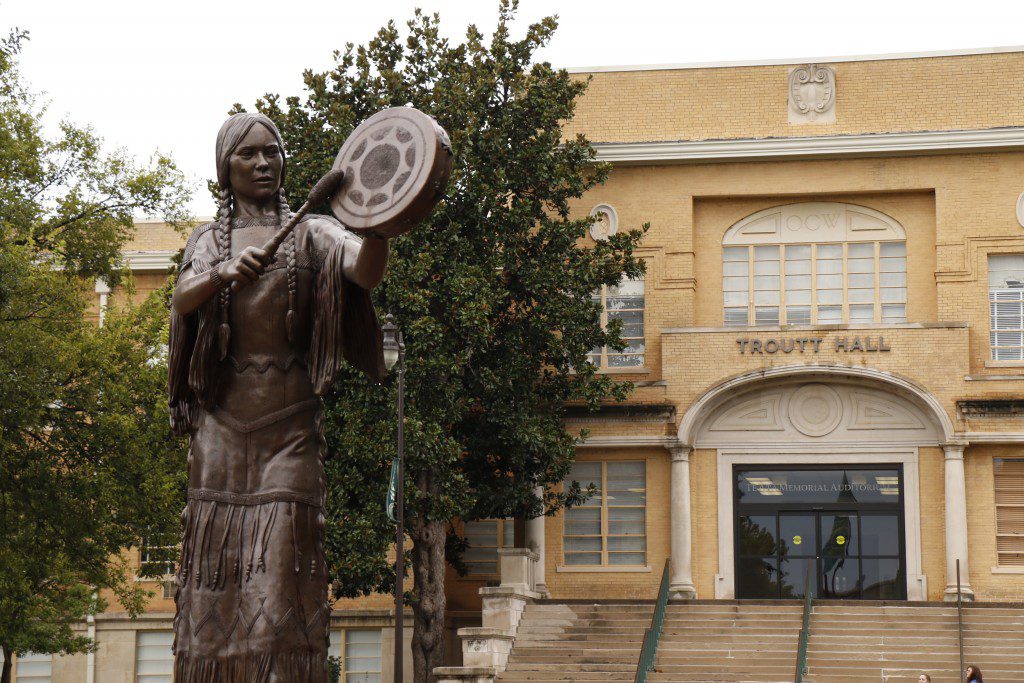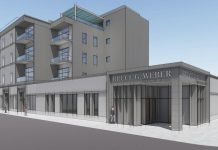
[dropcap]A[/dropcap] popular holiday festival attended by hundreds of thousands of people, a downtown full of boutique shops and a formidable small liberal-arts college might be the norm in many mid-sized and larger cities. That’s why Chickasha, 45 minutes southwest of the state capital, stands out.
Chickasha’s annual Festival of Light, on display until Dec. 31, has run in Shannon Springs Park since its inception as a small event in 1992. The festival now draws 300,000 visitors from across the country.
The 43-acre park is transformed into a drive-through or walk-through wonderland of holiday spirit with 3.5 million lights, four miles of lighted walkways, a 25-foot-tall angel and a state-of-the-art, animated, musically choreographed show.
“We have a number of brand new displays,” says Kim Sims Kohler, the city’s communications and special events manager.
Admission to the Festival of Light is free, thanks to donations and sponsors, she says. The event also has a Facebook page highlighting dates of the live nativity, carriage rides, food trucks and photo times with Santa Claus.

Chickasha (the Choctaw word for Chickasaw) is also home to the University of Science and Arts of Oklahoma, a 116-year-old, liberal arts institution. USAO is typical of that type of college (small, academically diverse, interdisciplinary classes within an integrated curriculum) but atypical because it’s one of just a handful of publicly funded liberal arts colleges in the country … and the only one in Oklahoma.
USAO and Chickasha have grown up as siblings, with a symbiosis indelibly linking school and town. The college “works closely with the city and its economic development council to create strategies to move Chickasha forward both economically and culturally,” USAO President John Feaver says. “The university is working to secure a property in downtown Chickasha for a visual arts gallery. USAO also collaborates with local businesses, helping them to find the skilled talent they need.”
Chickasha citizens reciprocate those efforts. Feaver cites how USAO almost shut its swimming pool, but the community raised funds to keep it open.
Not far from USAO and Shannon Springs Park is downtown, with plenty of dining options. From fashion to fine jewelry and everything in between, there is something for everyone, Kohler says. A monthly attraction is Third Thursday from 5 to 8 p.m.” Stores have giveaways and discounts, and restaurants offer specials. Live music and a food truck are included.
For automobile lovers, the Chickasha Antique Auto Club holds “Coffee and Cars” every third Saturday from 9 to 11 a.m. at the historic Rock Island Depot.
The depot was key to Chickasha’s creation. The Rock Island Railroad laid track from Kansas across Oklahoma Territory and ended opposite the northwest corner of the future Grady County. Paralleling the Chisholm Trail, the tracks entered Chickasaw lands of Indian Territory at Minco and continued to the next selected point toward the Red River.
Chickasha, 45 miles northeast of Lawton, began in 1892 when a U.S. Post Office was built. To meet the requirement of improvements on city lots, residents in 1898 put up tents or shacks to create the impression of a rag town. But that’s not the case today.


























